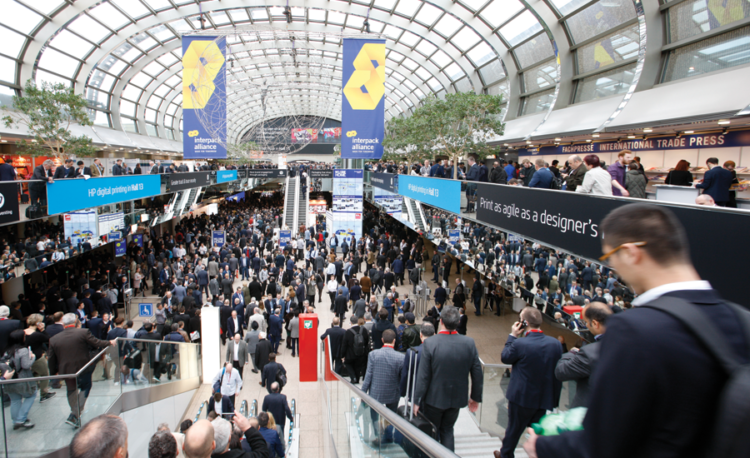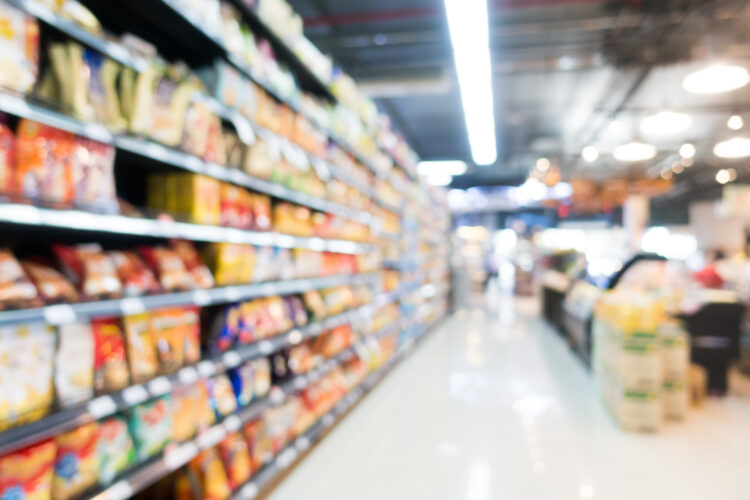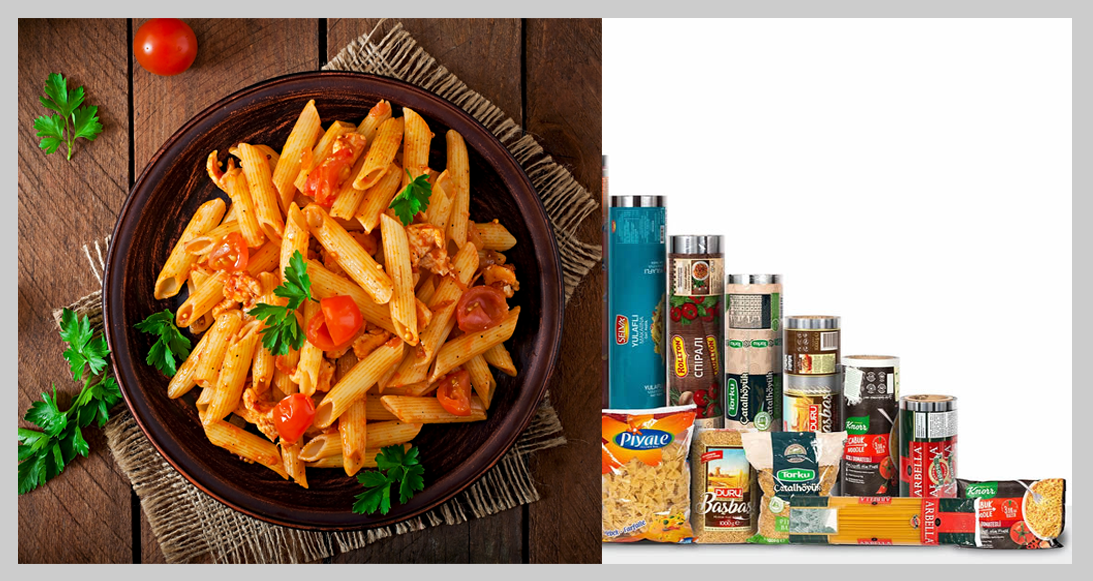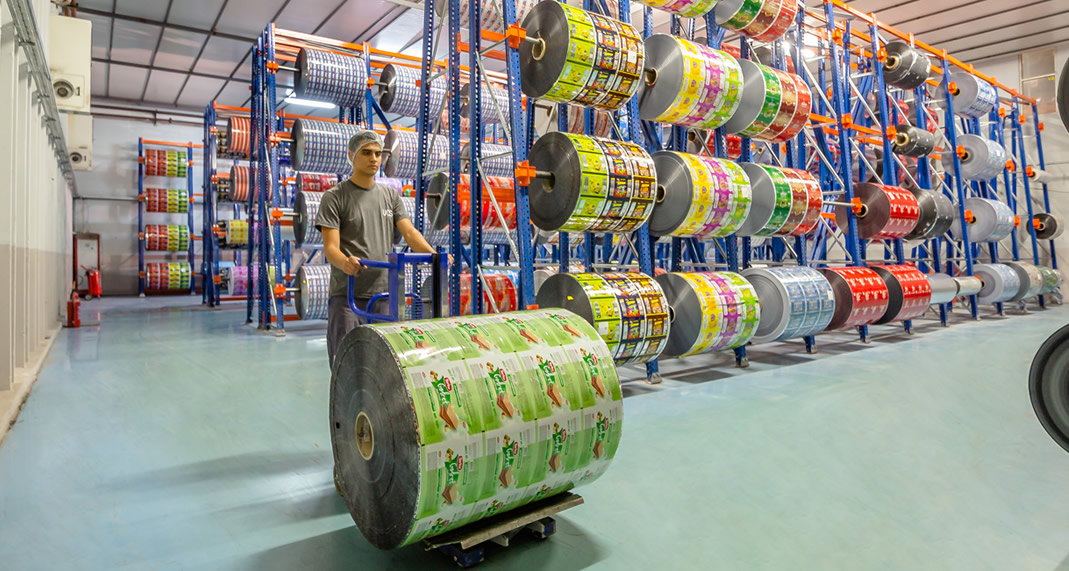
The flexible packaging industry has been one of the fastest-growing sectors worldwide in recent years. Flexible packaging has become an important part of sustainable living by offering an environmentally friendly future thanks to its efficiency and minimal use of fossil fuels and water.
Flexible packaging, which has increased in use in the packaging market in recent years due to its high efficiency and sustainability, uses flexible materials such as foil, plastic, and paper. Flexible packaging, which often takes an approach that adds value to flexible materials through multiple processes such as printing, laminating, and coating multiple layers, is particularly useful in industries that require versatile packaging, such as the food and beverage, personal care, and pharmaceutical industries.
Flexible packaging creates a smaller carbon footprint compared to alternative packaging types. Aiming to raise awareness of the sustainability of flexible packaging, including its reduced carbon footprint, the Flexible Packaging Association (FPA) has conducted significant research to support the sustainability efforts of flexible packaging. As a result of this research, it has been observed that flexible packaging has many benefits for sustainable living.
Less Energy Less Natural Resources
Flexible packaging requires less energy than other types of packaging. Recyclable, reusable, and
sustainable packaging uses fewer resources than traditional rigid packaging and reduces energy consumption by being easier to shape and providing less storage space.
Sustainable compared to materials such as glass and rigid PET, flexible packaging is lighter in weight, uses less fossil fuels, less greenhouse gas emissions, and less water, which greatly benefits the life cycle.
Environmentally Friendly Transportation
Flexible materials are usually shipped flat or in roll form. It takes up less space than other rigid packaging, allowing much more packaging to be transported in one shipment. They are lighter products and take up less space than rigid packaging, greatly reducing transportation and handling costs.
Flexible packaging, which requires less transportation with this packaging system, also reduces fuel consumption and the amount of carbon dioxide emitted, leaving a minimal carbon footprint.
Long Shelf Life
Flexible packaging has a barrier layer to keep products away from moisture, UV rays, mold, dust and other microbial problems that can adversely affect the product. This barrier protects the quality of the product and extends its shelf life.
Less Food Waste
Extended shelf life saves consumers money, while at the same time preventing spoilage through product protection barriers. These protections ensure less food consumption, reduce food waste and prevent mass food production, reducing waste to landfills and global greenhouse gases.
Innovative Package Design
Flexible packaging allows for creative designs and packaging shapes. With first-class printing and design services, it offers user and environmentally-friendly packaging with appropriate and striking packaging solutions according to the product.
UCSA Packaging acts in line with these principles in flexible packaging manufacturing and offers you the most affordable and environmentally friendly flexible packaging solutions. We use environmentally friendly, recyclable materials in production processes and work non-stop for a sustainable life while maintaining technological developments in R&D facilities. You can
contact us to benefit from our flexible packaging solutions and become a part of sustainable living.
 The flexible packaging industry has been one of the fastest-growing sectors worldwide in recent years. Flexible packaging has become an important part of sustainable living by offering an environmentally friendly future thanks to its efficiency and minimal use of fossil fuels and water.
Flexible packaging, which has increased in use in the packaging market in recent years due to its high efficiency and sustainability, uses flexible materials such as foil, plastic, and paper. Flexible packaging, which often takes an approach that adds value to flexible materials through multiple processes such as printing, laminating, and coating multiple layers, is particularly useful in industries that require versatile packaging, such as the food and beverage, personal care, and pharmaceutical industries.
Flexible packaging creates a smaller carbon footprint compared to alternative packaging types. Aiming to raise awareness of the sustainability of flexible packaging, including its reduced carbon footprint, the Flexible Packaging Association (FPA) has conducted significant research to support the sustainability efforts of flexible packaging. As a result of this research, it has been observed that flexible packaging has many benefits for sustainable living.
The flexible packaging industry has been one of the fastest-growing sectors worldwide in recent years. Flexible packaging has become an important part of sustainable living by offering an environmentally friendly future thanks to its efficiency and minimal use of fossil fuels and water.
Flexible packaging, which has increased in use in the packaging market in recent years due to its high efficiency and sustainability, uses flexible materials such as foil, plastic, and paper. Flexible packaging, which often takes an approach that adds value to flexible materials through multiple processes such as printing, laminating, and coating multiple layers, is particularly useful in industries that require versatile packaging, such as the food and beverage, personal care, and pharmaceutical industries.
Flexible packaging creates a smaller carbon footprint compared to alternative packaging types. Aiming to raise awareness of the sustainability of flexible packaging, including its reduced carbon footprint, the Flexible Packaging Association (FPA) has conducted significant research to support the sustainability efforts of flexible packaging. As a result of this research, it has been observed that flexible packaging has many benefits for sustainable living.








